Tired of dealing with sticky, messy resin cups after every project? Many crafters feel the same way!
Clean resin cups make your crafting smoother, save money, and keep your workspace safe. Whether you’re using silicone, plastic, or glass, this guide will show you the easiest, most effective ways to clean resin cups and reuse them again and again.
Ready to make cleanup a breeze and keep your art supplies in top shape? Read more to discover simple steps, pro tips, and answers to your biggest resin cleanup questions!
Why Cleaning Resin Cups Matters
Keeping your resin cups clean is more important than you might think. It helps prevent problems in your next project, keeps your workspace safer, and saves you money on supplies.
- ✅ Resin is sticky and tough to remove once it cures.
- ✅ If you don’t clean your resin cups, leftover resin can mix with your next batch, causing color problems or sticky spots.
- ✅ Dirty cups can also make your workspace unsafe, especially if you use harsh chemicals to clean up.
- ✅ Taking a few minutes to clean resin mixing cups saves money, keeps your projects looking great, and helps you avoid health risks.
What You Need to Clean Resin Cups
Before you start cleaning, make sure you have the right supplies on hand. A few basic tools and cleaners will help you tackle both wet and cured resin with ease.
Gather these supplies:
- ✅ Nitrile gloves (to protect your hands)
- ✅ Paper towels or old rags
- ✅ Isopropyl alcohol (at least 91%) or acetone
- ✅ Wooden popsicle sticks or plastic scrapers
- ✅ Warm, soapy water
-
✅ A trash bag for waste
For silicone cups, you may also want a non-stick spray or a mold release agent to make cleanup even easier.
When Should You Clean Resin Cups?
Knowing when to clean your resin cups can make all the difference. Cleaning at the right time will save you effort and keep your cups in better shape.
- Right after pouring: Cleaning before the resin cures is the easiest. Wet resin wipes out fast.
- After it hardens: If you forget and the resin hardens, you can still clean resin cups, but it takes a little more effort.
The longer you wait, the harder it gets to clean resin mixing cups. Try to clean up as soon as you finish pouring your project for the quickest results.
How to Clean Resin Cups Before the Resin Cures
Cleaning your resin cups before the resin hardens is the easiest way to keep them in great condition. Here’s a simple step-by-step method to get them sparkling clean while the resin is still wet.
Steps:
- ✅ Wipe out as much wet resin as possible with a paper towel.
- ✅ Pour a little isopropyl alcohol or acetone into the cup. Swirl it around to loosen any leftover resin.
- ✅ Use a popsicle stick or plastic scraper to get into the edges.
- ✅ Wipe again with a clean towel until the cup is clear.
- ✅ Wash with warm, soapy water and let dry.
Tips:
-
💡 For silicone cups, you can often just wipe them clean with a paper towel and a bit of alcohol.
-
💡 For plastic or glass cups, be gentle to avoid scratches.
📌Want to avoid sticky hands? Don’t forget to check out this guide on how to get resin off your hands.
How to Clean Resin Cups After the Resin Hardens
If you missed your chance to clean while the resin was wet, you can still get your cups clean after the resin has cured. Here’s how to do it.
✅ For silicone cups:
- Gently flex the cup to loosen the hardened resin.
- Most of the time, the cured resin will peel or pop right out in one piece.
- Use a wooden stick to nudge out any bits stuck in corners.
✅ For plastic or glass cups:
- Use a popsicle stick or plastic scraper to break up the cured resin.
- If the resin is stubborn, put the cup in the freezer for 30 minutes. The cold makes the resin shrink and easier to pop out.
- Wash the cup with warm, soapy water after removing the resin.
If you use a lot of resin, consider using only silicone cups. They make removing cured resin much easier.
How to Clean Different Types of Resin Cups
Different cup materials need different cleaning methods. Here’s how to keep your silicone, plastic, and glass resin cups in top condition.
✅ Silicone resin cups:
- Best for easy cleanup. Just peel or pop out the cured resin.
- For sticky bits, use a little isopropyl alcohol and wipe with a towel.
- Avoid using sharp tools that could tear the silicone.
✅ Plastic resin cups:
- Clean while the resin is still wet, or use a plastic scraper for cured resin.
- Do not use acetone on thin plastic because it can melt the cup.
✅ Glass or metal resin cups:
- Use isopropyl alcohol or acetone for both wet and cured resin.
- Scrape gently to avoid scratching the surface.
- Glass is easy to reuse, but be careful not to drop or crack it.
📌Curious about using glass for resin projects? Browse this guide to learn how epoxy resin sticks to glass.
Best Products for Cleaning Resin Cups
Having the right products on hand makes cleaning up resin much faster and easier. Here are the top cleaners and tools to keep your cups looking new.
- ✅ Isopropyl Alcohol (91% or higher): Dissolves resin quickly.
- ✅ Acetone: Works well for stubborn or cured resin.
- ✅ Mold Release Spray: Makes cleanup a breeze, especially with silicone cups.
- ✅ Plastic Scrapers: Safe for cups, won’t scratch or damage them.
- ✅ Warm, Soapy Water: Always finish with a good wash to remove any chemicals.
For an eco-friendly option, use reusable silicone cups and non-toxic cleaners whenever you can.
Tips for Reusing and Maintaining Resin Cups
Taking care of your resin cups helps them last longer and saves you money. Try these simple tips to keep your cups in great shape for every project.
- ✅ Use a mold release spray before mixing resin to prevent sticking.
- ✅ Wipe out cups right after use so you don’t have to scrape later.
- ✅ Store clean cups in a dust-free box or bag for your next project.
- ✅ Label your cups if you use them for different resin colors to avoid mixing mistakes.
What Not to Do When Cleaning Resin Cups
A few mistakes can make cleaning resin cups harder or even damage your supplies. Avoid these common errors for the best results.
- Do not pour leftover resin or solvents down the sink. They can clog pipes and harm the environment.
- Do not use sharp metal tools that can scratch or damage your cups.
- Do not wait too long to clean up, since hardened resin is much harder to remove.
-
Dispose of resin waste in your regular trash, not down the drain.
📌Having trouble with resin spills or sticky messes? Check out this helpful guide on how to get resin out of clothes.
Quick Fixes for Sticky or Cloudy Resin Cups
Sometimes cups stay sticky or look cloudy even after cleaning. Here’s how to handle these common problems so your cups are always ready to use.
✅ Sticky cups:
- Wipe with isopropyl alcohol and let air dry.
- If still sticky, use a bit of acetone, but rinse well after.
✅ Cloudy cups:
- Wash with warm, soapy water and a soft sponge.
- Avoid harsh scrubbing pads that can scratch the cup.
📌Want more troubleshooting tips for resin projects? Don’t forget to check out this guide on common epoxy resin problems and solutions.
Conclusion
Keeping your resin cups clean is simple with the right steps. This saves you time and money while making every project easier.
For more helpful tips, troubleshooting guides, and resin inspiration, don’t forget to visit Resiners.
Need new resin products, silicone cups, or cleaning supplies? Browse their shop for everything you need to level up your resin art.
Frequently Asked Questions About How to Clean Resin Cups
How to clean silicone cups after resin?
Let the resin fully cure, then flex the silicone cup to peel or pop out the hardened resin. For any sticky spots, wipe with isopropyl alcohol and a paper towel. Avoid sharp tools to protect the silicone surface.
How do you clean epoxy mixing cups?
If the resin is still wet, wipe out as much as possible with a paper towel and clean with isopropyl alcohol. For cured resin, use a plastic scraper or flex the cup (if silicone) to remove the hardened bits. Always wash with warm, soapy water afterward.
What is the best thing to clean resin with?
Isopropyl alcohol (91% or higher) is the most effective and safest option for cleaning resin. Acetone also works well for tough spots but should be used with care, especially on plastic cups.
Can I wash resin down the sink?
No, you should never wash resin or resin cleaning solvents down the sink. Resin can clog pipes and is harmful to the environment. Always dispose of resin waste and used towels in the regular trash.
Can you reuse resin cups?
Yes, you can reuse resin cups, especially silicone ones. Just clean them thoroughly after each use, and they’ll last through many projects.
How do you clean resin off your hands and tools?
Wipe off as much resin as possible with a paper towel, then wash with soap and warm water. For stubborn spots, use a bit of isopropyl alcohol, but moisturize your hands after cleaning.
Related Articles:



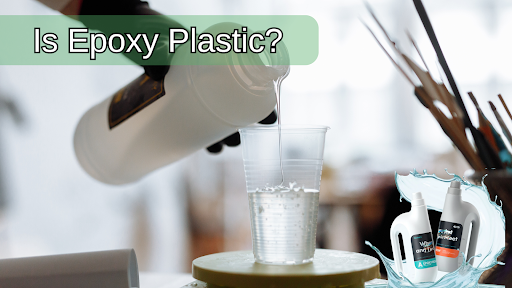
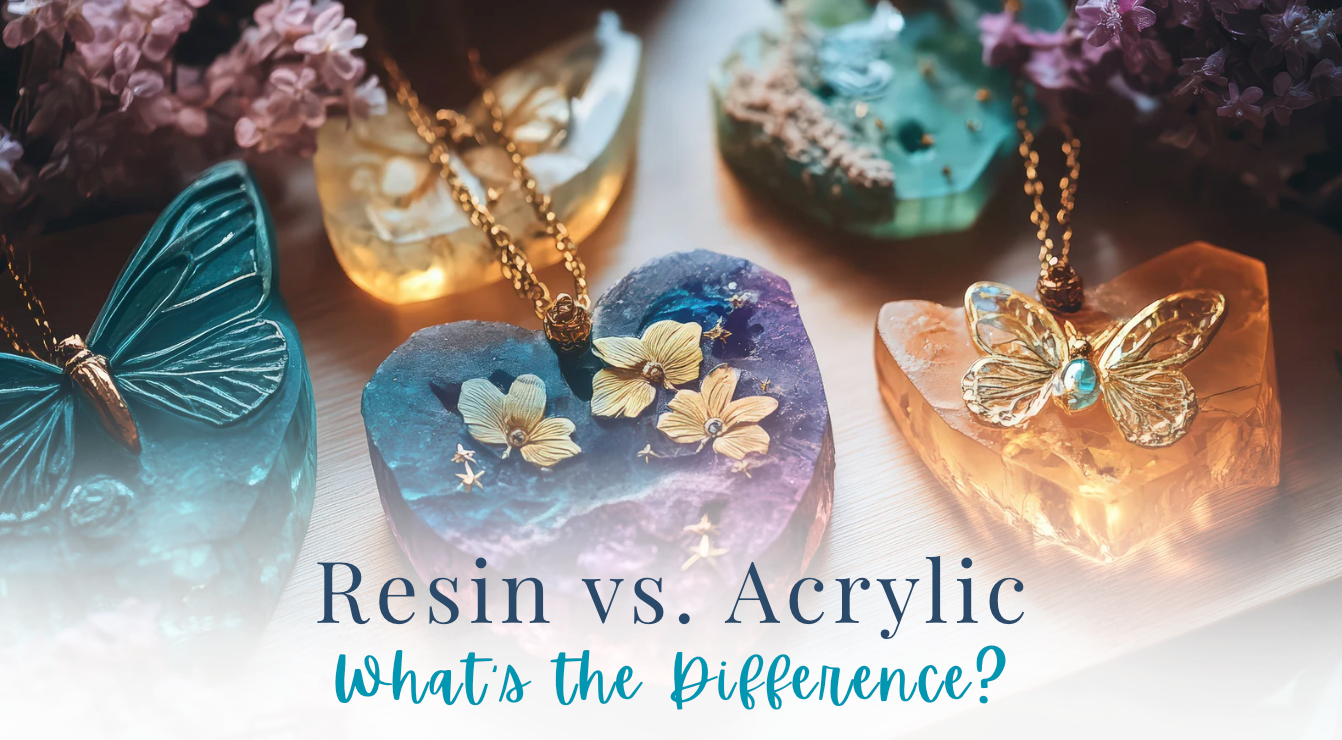
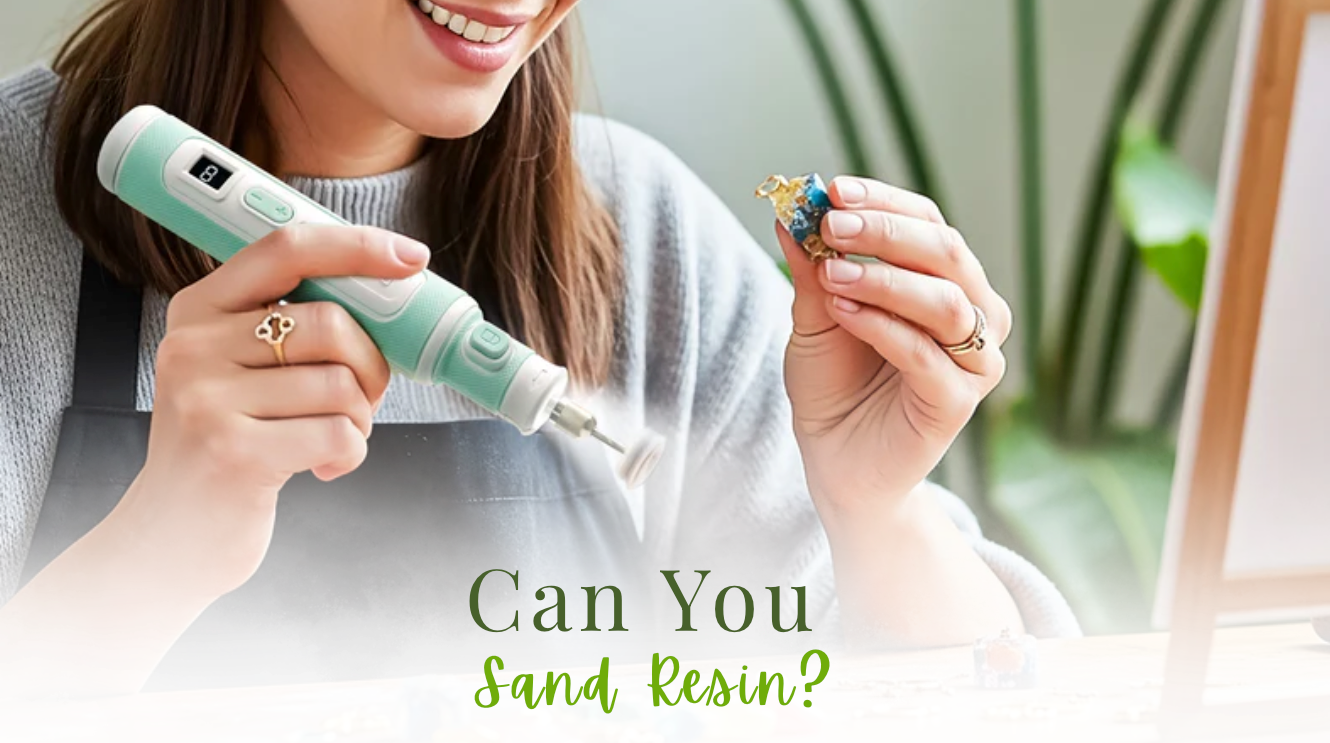
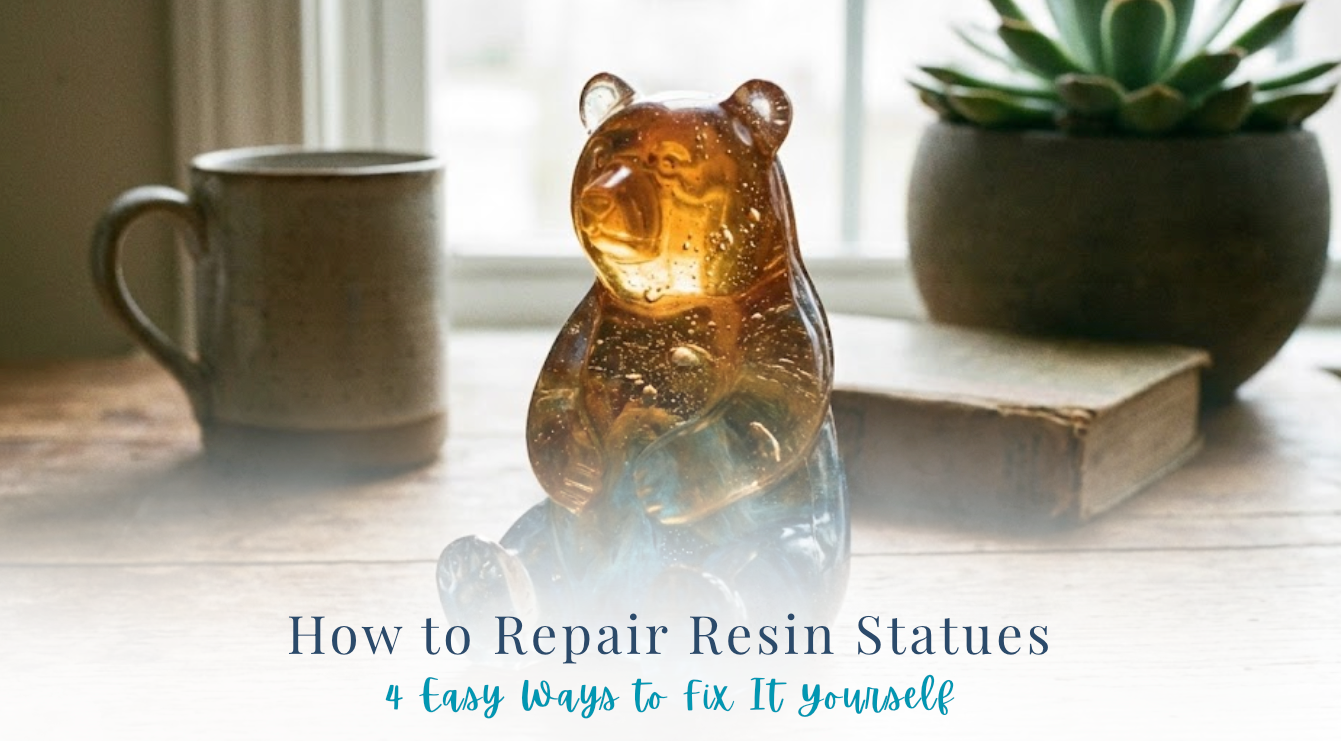

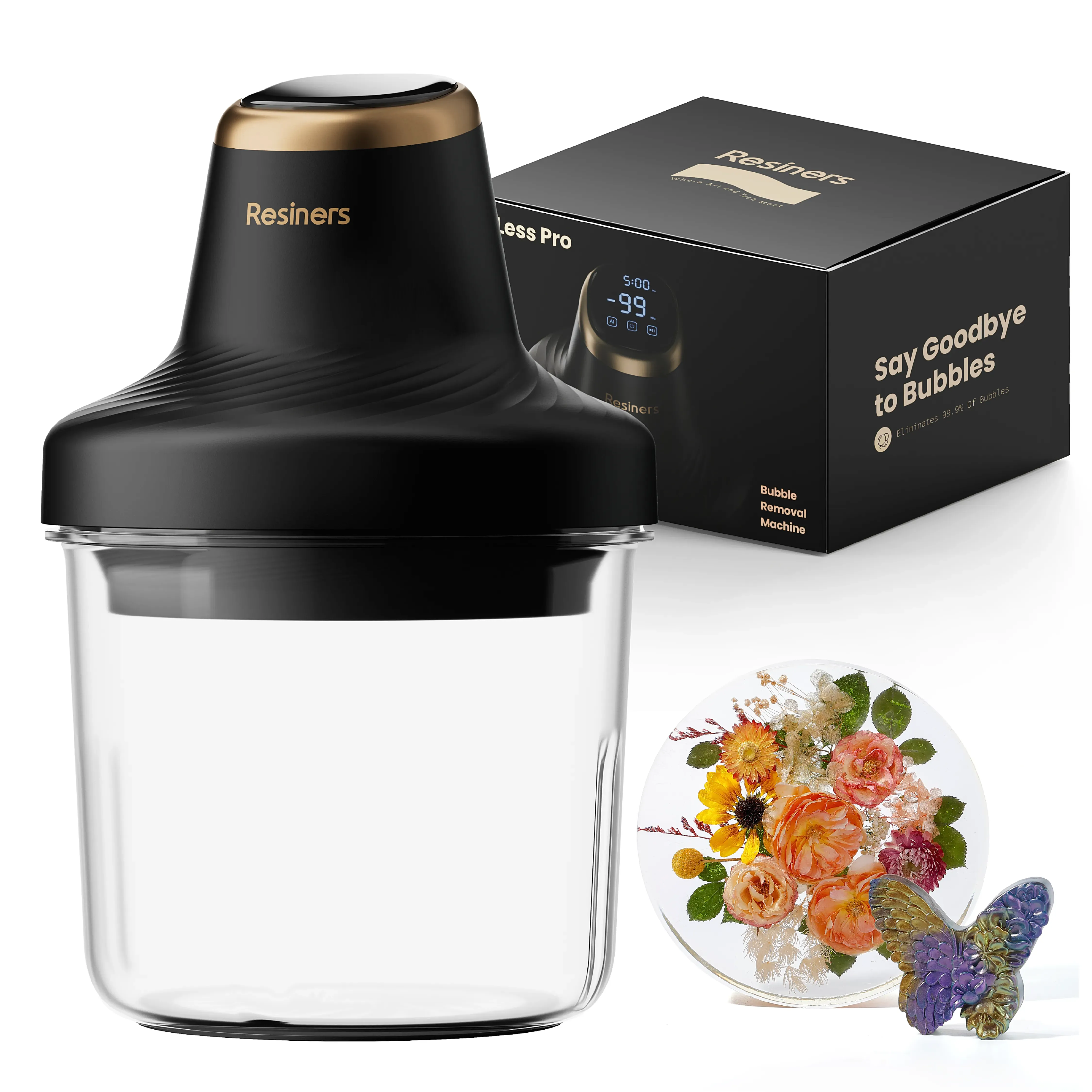
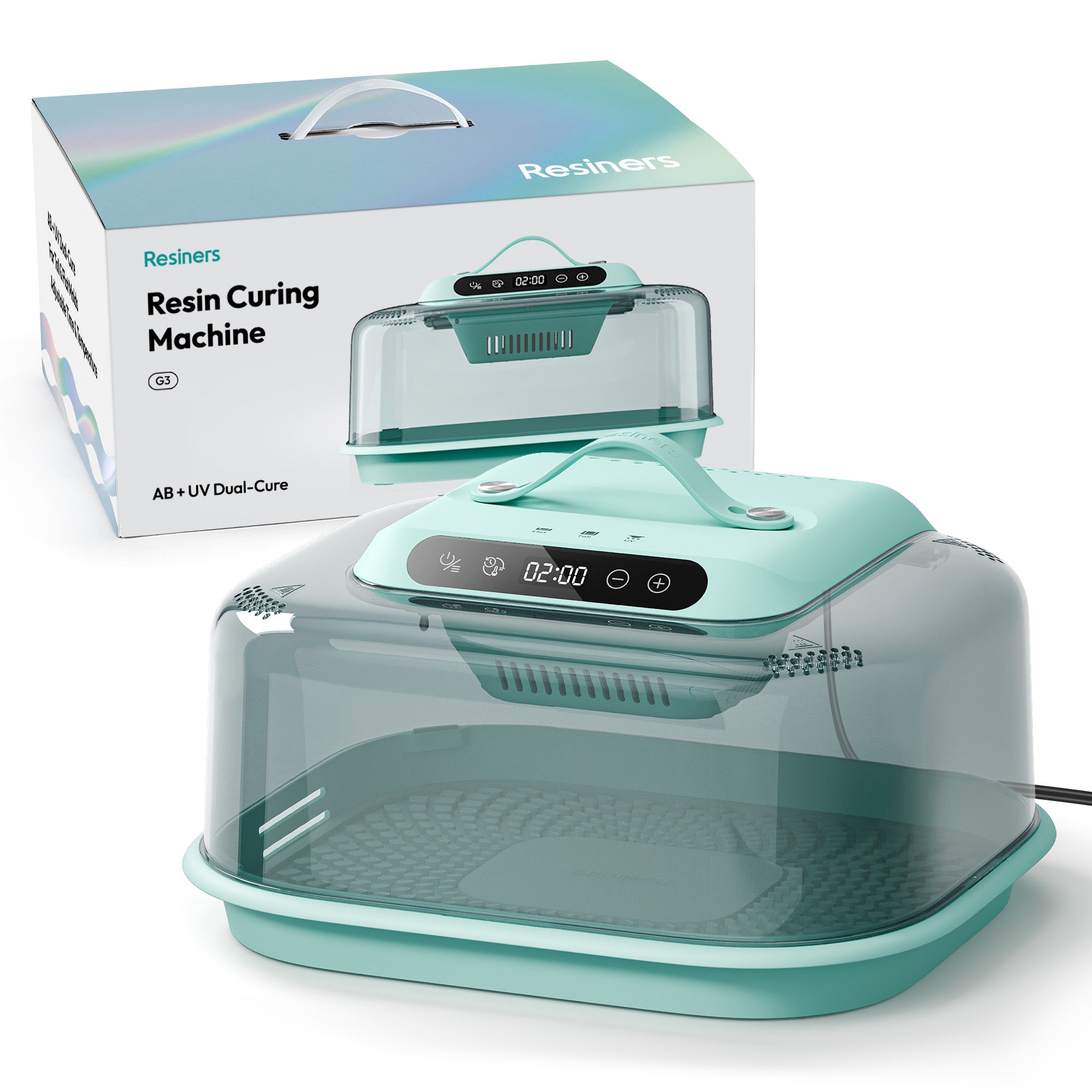

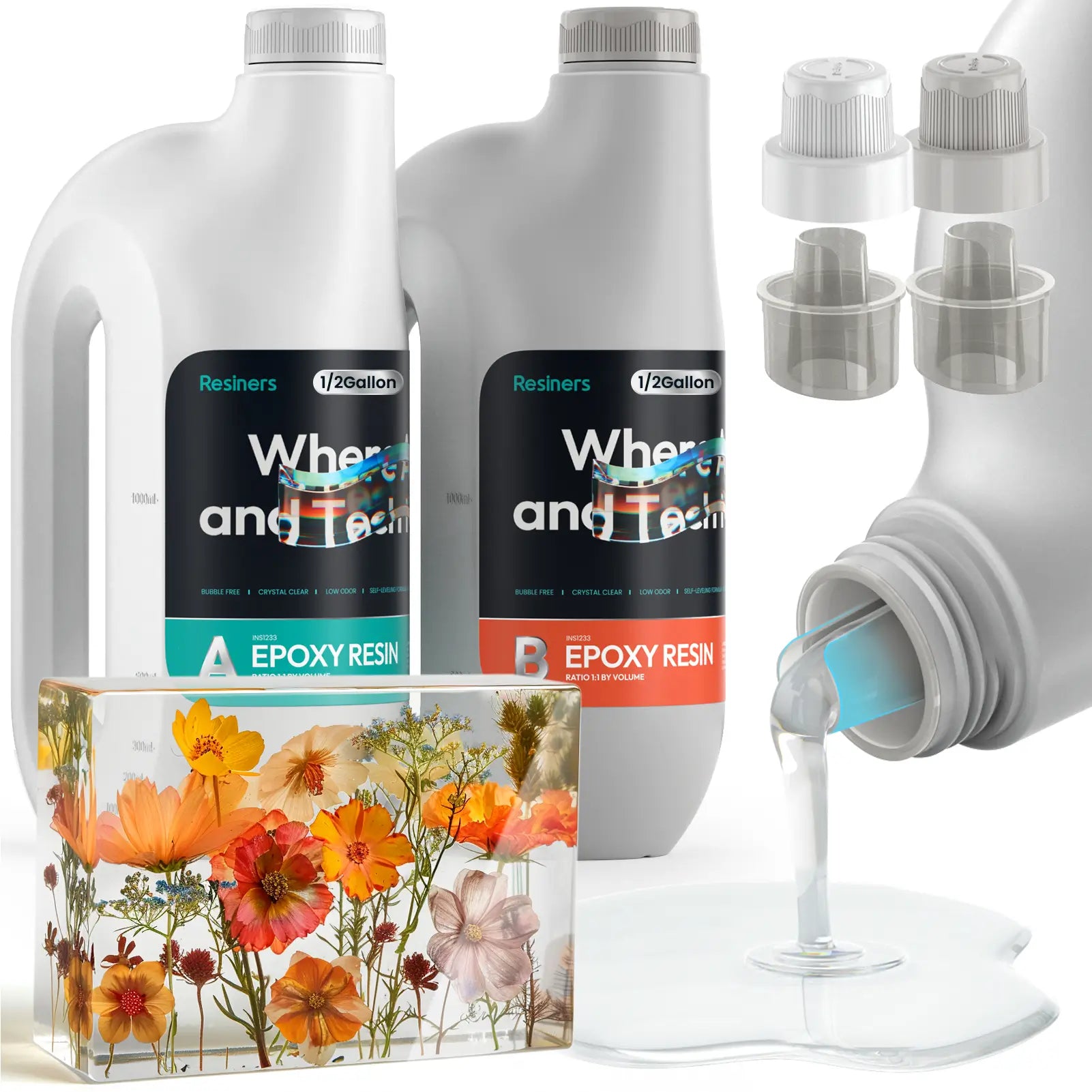
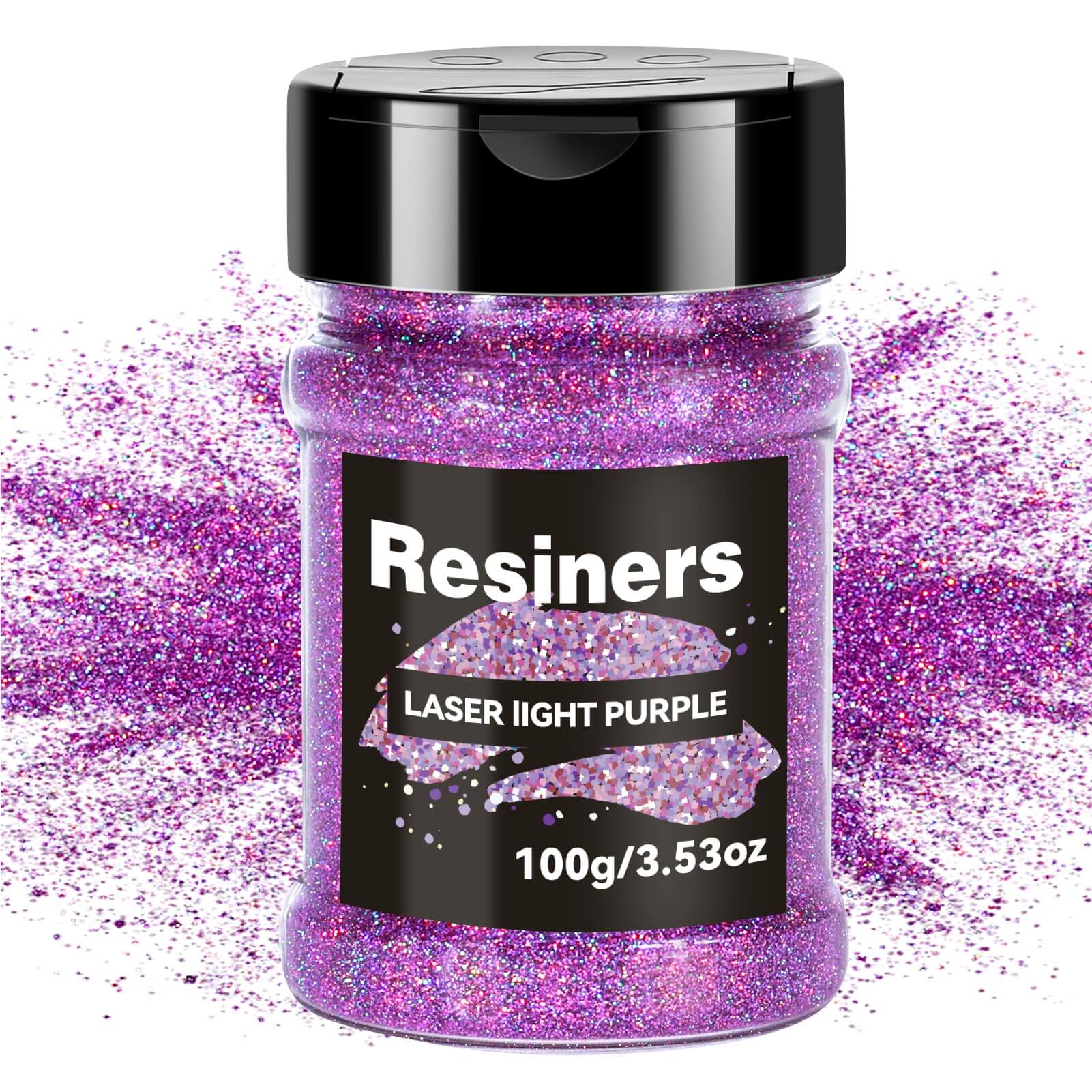
Leave a comment
This site is protected by hCaptcha and the hCaptcha Privacy Policy and Terms of Service apply.